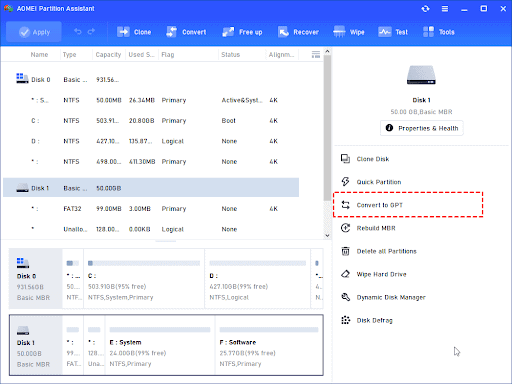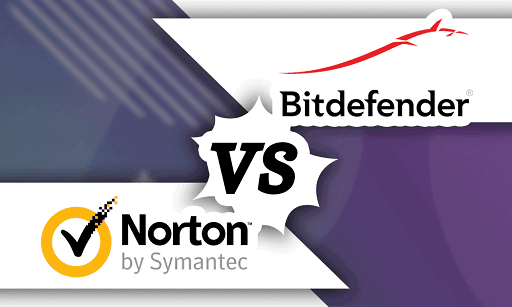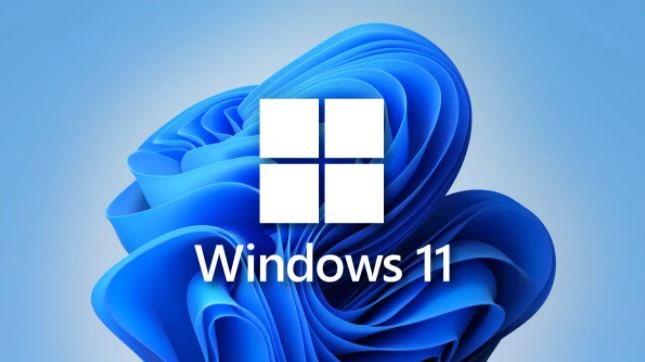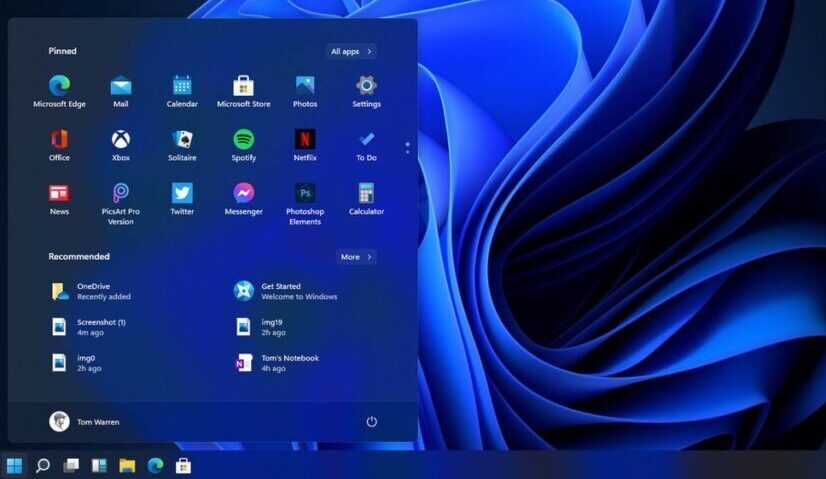How to install Windows 11 on VirtualBox Virtual Machine: Without question, Windows 11 is Microsoft’s most recent and greatest operating system. However, because of TPM 2.0 or CPU limitations, not everyone may be able to run the latest operating system on their PC.
If you still want to try Windows 11, you can do so by installing it on a virtual machine. This allows you to virtualize Windows separately from your existing installation without putting your computer in danger. This is how you do it on Windows.
Please keep in mind that, while it is technically possible, Microsoft does not officially allow operating Windows 11 on a virtual machine. The company provides Windows 365 Cloud PC, a commercial and business solution that allows you to operate Windows 11 similarly over the cloud.
Oracle VirtualBox is the simplest way to install Windows 11 on a virtual machine in Windows. It’s a free, purpose-built virtualizer for x86 hardware aimed at servers, desktops, and embedded applications. It’s very popular among Windows fans, and it’s really simple to use.
You may also like How to enable Secure Boot on PC to install Windows 11
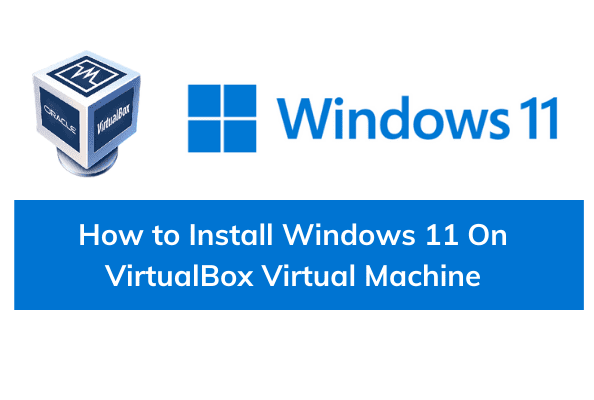
How to download and configure VirtualBox
To begin, go to the Oracle Virtualbox website and download the software. Oracle Virtualbox is completely free of charge. Simply select Windows hosts and allow your computer to download the application. When you’re finished, navigate to the file and run it. If you’re using a Mac or Linux, make sure to select the macOS or Linux downloads. The procedures for installing Windows on a Virtual Machine are the same.
Step 1: Next up, you have to download Windows 11. You will need an ISO file from Microsoft. To do this, visit the Download Windows 11 webpage. Scroll down to the Download Windows 11 disk image (ISO) option. Then, choose Windows 11 followed by Download. Choose English as the Product Language and click Confirm. Note where you’ve downloaded the ISO, as you’ll need it later.
Step 2: With Windows 11 downloaded, it’s time to install Oracle Virtualbox. Find where the file is saved and double-click to launch it. Follow the prompts on your screen by clicking Next. If you want quick access, you can create Start Menu, Shortcut, and Quick Launch entries. You’ll also need to install a network interface, too, so be sure to click Yes. This will temporarily interrupt your network connectivity. Keep clicking Next and agree to any install prompts on your screen. It may take several minutes.
Step 3: Once setup is complete, you can set up your virtual machine. Launch Oracle Virtualbox from your desktop or Start Menu. Click the blue New button. Name your virtual machine; we prefer the name “Windows 11.” You can then choose Microsoft Windows under Type and then choose Windows 11 under Version.
Step 4: For this step, you need to allocate resources. Under the Create virtual machine step, be sure to adjust the memory size. If your PC has a lot of RAM, then be sure to give the virtual machine at least a few gigabytes of RAM. The more RAM you allocate, the faster the virtual machine. If your PC doesn’t have enough RAM, then be sure to keep it under the green area. VirtualBox will always suggest a size for you to pick.
In addition to RAM, you’ll need to set up a virtual hard disk. The virtual hard disk is where you’ll save your virtual machine’s files and applications. Click the Create button, then select VDI (VirtualBox Disk Image) and Next.
It is better to utilize Dynamically allocated in the following phase. This will only take up space on your physical hard disk as it fills up, but it will not shrink back down as space is released. Fixed-size can be used for a more traditional experience, but it may take longer to construct. Drag the slider to resize the VDI and then click Create.
You may also like How to install Ubuntu 21.10 on WSL for Windows 11
How to install Windows 11
The next step is to install Windows 11 on your new virtual computer. Select Settings from the sidebar by clicking the virtual machine’s name. Select Storage from the sidebar. Look for the blue CD Drive symbol where it reads Controller: SATA.
Click where it says Empty on the CD symbol, then click over to the right where it says Optical drive. Make sure to choose the Live CD/DVD. Then, directly next to this, select Choose a disk file by clicking the Blue CD button. Navigate to the location where you saved your Windows 11 ISO and then click Open. The procedure is subsequently completed by clicking OK.
Then, carefully follow the steps outlined below.
Step 1: Now that everything is set up, you can launch your new virtual machine. Click the Start icon and quickly click inside the virtual machine window. Your mouse will be captured by the virtual machine, but you can exit the capture at any time by clicking the Right control key. Be sure to act quickly and press any key on your keyboard to boot up the Windows 11 install experience.
Note that Microsoft doesn’t officially support running Windows 11 on a virtual machine. There is a workaround, however.
Step 2: Once you’re at the Windows Setup screen, hit Shift + F10 on your keyboard. This will launch Command Prompt. Type Regedit and hit Enter, then head to HKEY_LOCAL_MACHINE > SYSTEM > Setup on the left side. Right-click on Setup and select New > Key. Name it “LabConfig” and press Enter.
Step 3: After that, right-click on LabConfig and select New > Dword (32-bit) and create a new value named “BypassTPMCheck.” Set its data to one by right-clicking on it and selecting Modify.
Step 4: Next, follow the same steps, and this time, create BypassTPMCheck and set its data to one. Also, create BypassSecureBootCheck and set its value to one, too. It should look like our image below.
You may also like How to Disable Access to the Windows Registry
Close the registry editor, return to the command prompt, and type “exit.” You can then continue with the Windows 11 installation as usual. Make sure to select Custom, Unallocated Space, and New. Click OK, and then select the largest partition to install Windows 11 on. Windows will then install, and you should be able to use the new operating system within a few minutes, depending on the speed of your PC.
If you discover that you don’t like your new operating system after a while, you may always uninstall it. Windows 10 still outperforms its newer sibling, so don’t feel guilty if you opt to go back.
Would you like to read more about how to install Windows 11 on VirtualBox-related articles? If so, we invite you to take a look at our other tech topics before you leave!







